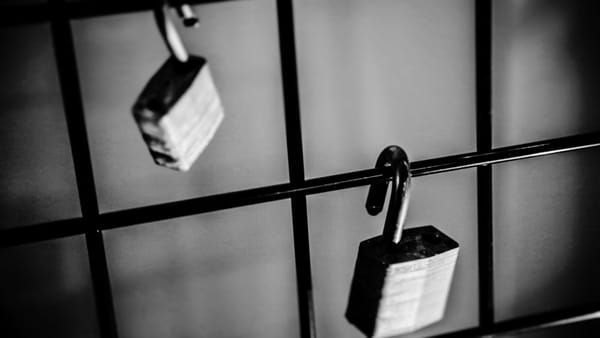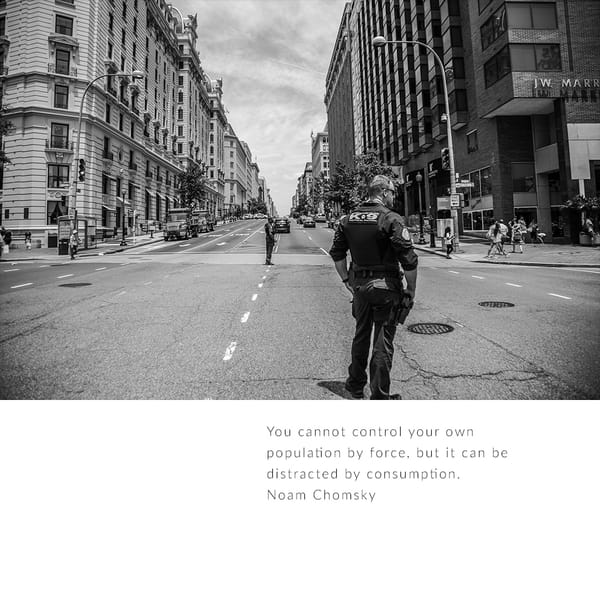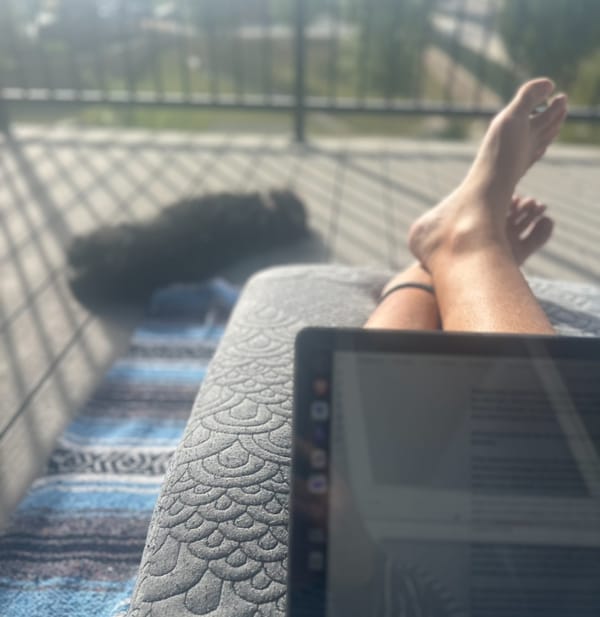Releasing Our Stories on the Mat
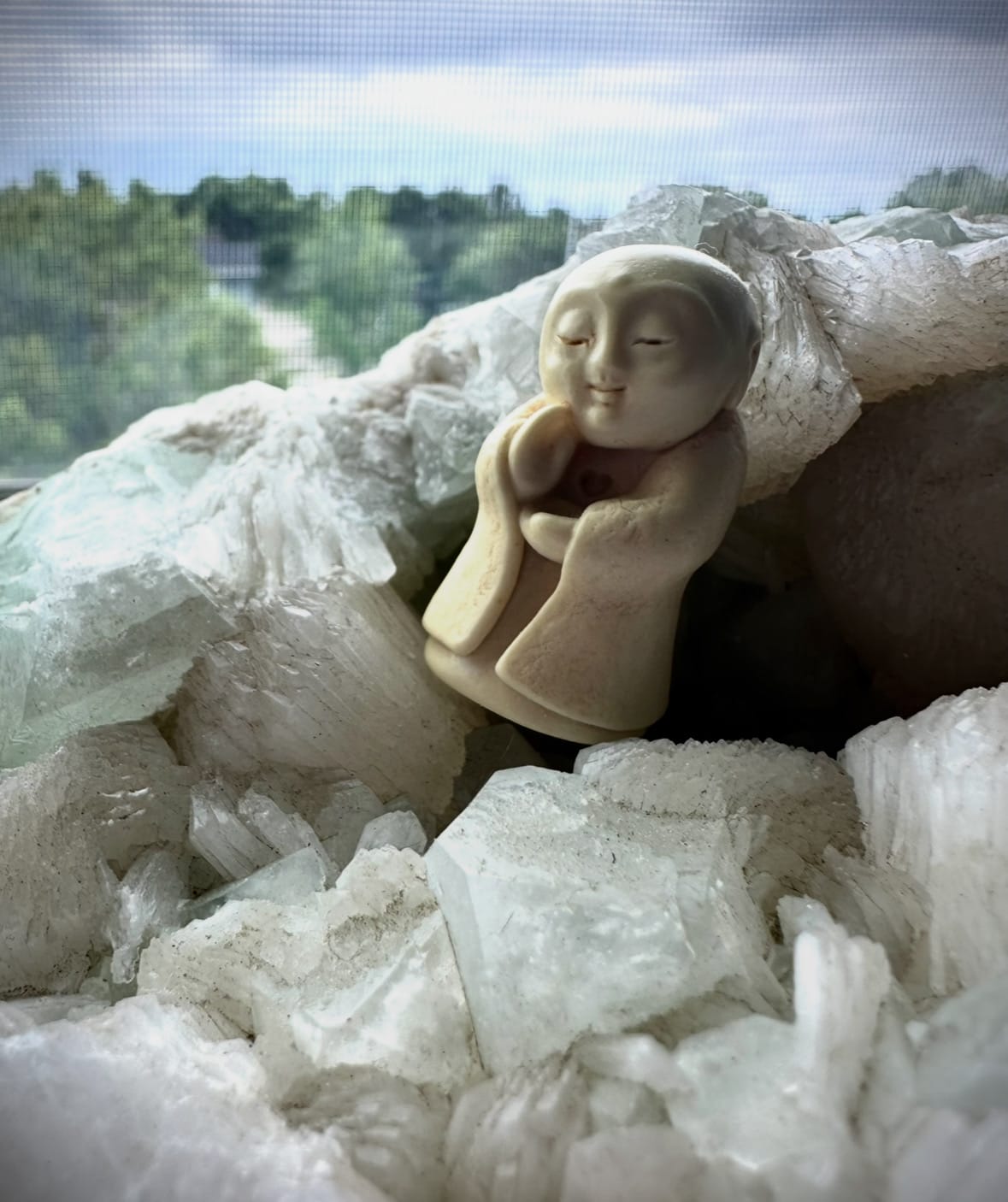
One of the biggest struggles for my yoga practice is the consistency of the practice itself. After leaving school, where I compelteled 1k hours of yoga study and was immersed in the practice every day, I entered corporate tech land and lost the connection to my practice, my breath and my body.
I’m finally in a place where I can physically practice again after almost 2 years of physical healing, and I’m wondering where to start. I walked over to my daily coffee spot with my pup to just frolic with my favorite yoga textbook “The Inner Tradition of Yoga” by Michael Stone. I flipped it open to one of the chapters I’d highlighted every other word and started diving back into the kleshas and the yamas and all I could think of was, “how am I going to get my practice started again?”
Not 30 seconds later, a Tibetan Monk walked into the coffeeshop and sat next to me. That’s a rare occurrence. In fact, I haven’t seen a monk since I left Naropa, a school steeped in Tibetan Buddhism. I believe the Universe is always sending us signals, some are subtle, others are giant billboards. This one is definitely a billboard of some sort. But what’s the message?
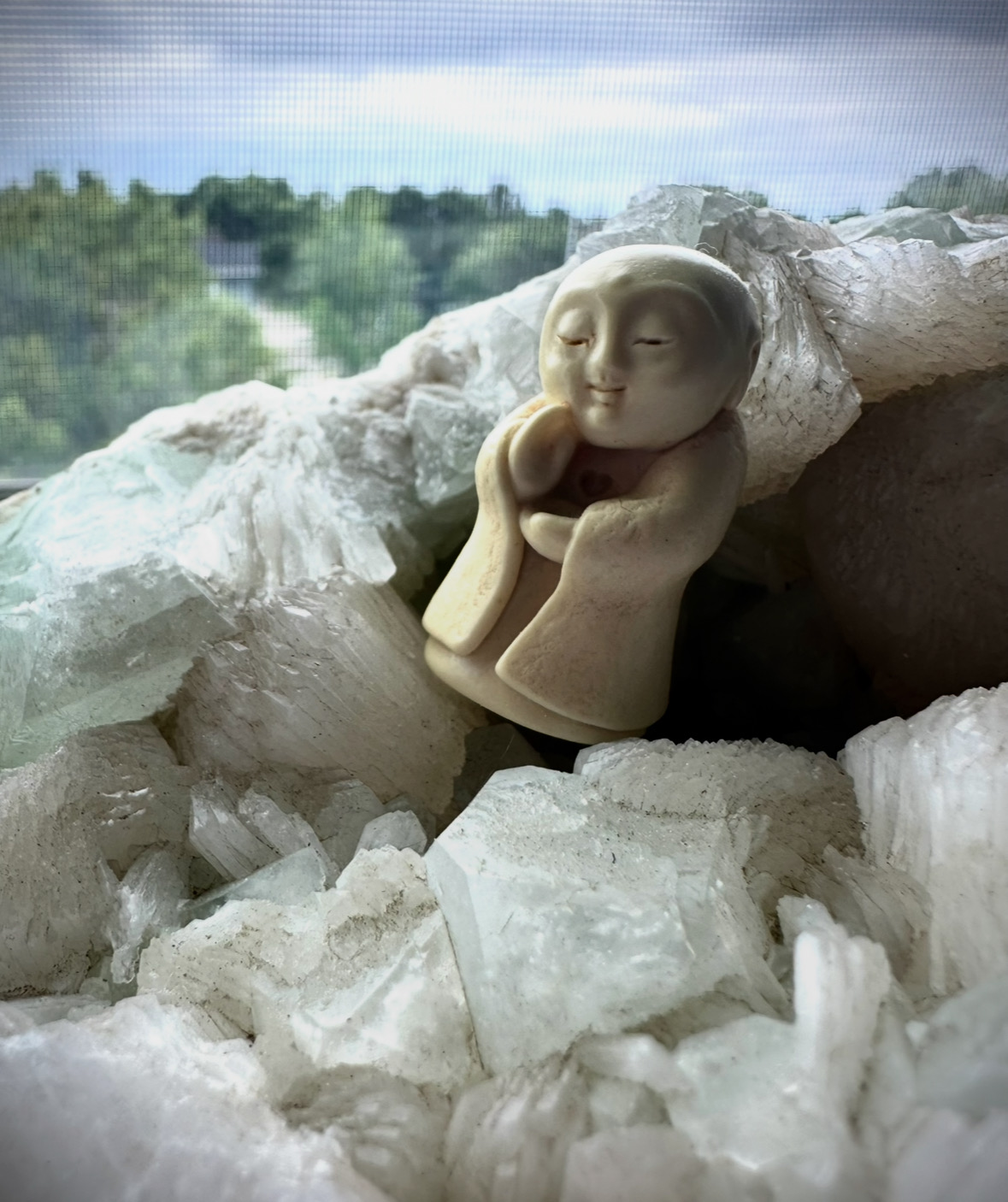
I was reading chapters about the stories we tell ourselves. As humans, we create stories that we run in our minds for a multitude of reasons. Stories to boost our self worth, stories to calm our fears of inadequacy, stories that explain our situations and allow us to process them or not internalize the reality of our now— stories we tell ourselves so we can sleep at night and navigate a cruel and punishing world. I’m a storyteller by profession and my ability to spin stories to help me navigate my own or society’s chaos is impressive.
The cruel reality of our now is that the stories we are surrounded by are intense and real— stories we can’t ignore. They are charged with the reality our country has chosen to enact, a story of scarcity and existential fear—- by design. Societal situations devoid of safety nets or the ability to even make ends meet. The “cost of living” is too high for most and we’re just swimming through rivers of scarcity trying to make our way to the shore so we can breathe for a hot minute.
And on the other side of this narrative are the people, and I was one not too long ago, living in a false reality of bullshit jobs that cover that “cost of being alive” but leave us totally devoid of the ability to enjoy that life at all. Most are spending their days in meetings about meetings, to send emails about one-pagers, to send those one-pagers up the chain of command to never be read, but to make an entire chain of humans feel relevant and necessary. We know these jobs are mostly bullshit, but they pay us the multi-six figure salaries we need to rent 2 bedroom apartments, cover skyrocketing utility bills and buy basic groceries in small town America.
And there are narratives of all spectrums in between those two realities. When I step back and look at these stories, I know there’s a more beautiful narrative waiting in the shadows for me— and us — to embrace. This isn’t about “being positive” or “making my own reality”, all modern spiritual tropes designed to justify bypassing the full spectrum of being human right now, in 2025. I don’t want to bypass these stories of the real that I am seeing and feeling because I have a connection to the collective humanity of it all. But I do know that these stories are also weighing on my mind and heart in a way that is not always positive or even necessary.
How do we hold the space for the multitude of stories to exist and not bypass the real staring us in the face? How do we release the tamas enough to let the sad stories exist but not drown in their sorrow? How do we elevate the stories that warm our hearts and embrace them as our own while still allowing the sad story the space it needs to exist?
How do we walk through a world filled with suffering, where many can not afford that cost of life, and still be whole enough to do good in the world? The mud must exist for the lotus to surface. I know this. I’ve lived this and try to embody this in my darkest moments. But what happens when the darkness dominates? When the reminders of the high cost of life are everywhere and in everything?
How do we maintain our practice in the face of so much suffering? How do we keep our heart open in the reality of so much evil? How do we help lift others up when we can barely scrape ourselves off the floor after a night of trying to do the math of living where the equations all land in the negative? How do we allow our joy to co-exist with our fear in times like this?
I guess these are all questions with unclear answers. I guess these are questions to explore on the mat, on the cushion, in community and in those quiet moments where the absence of a distraction allows the mind to wander into the depths of questioning our existence and role in the chaos of now.
What I do know is that our stories are just that— stories. We can place them on a shelf and walk away from them when we’re ready. That doesn’t mean our reality instantly changes, but we can release the narratives that guide us and write new ones. That act of releasing them IS the practice.
And I guess maybe that’s the answer to my question at the start of this essay. The practice starts by acknowledging the reality we’re in and releasing the story that fuels it so we can write a fresh narrative to navigate the chaos.

